Table of Contents
10. Forte di Exilles – Susa Valley, Italy (Metropolitan City of Turin)

A multitude of mysterious stories surround the Forte di Exilles, one of the must-see fortresses in Europe. The most well-known account took place between 1681 and 1687 when The Man in the Iron Mask was held prisoner here. The identity of this man remains unknown to this day. There are rumours of who he could have been: a brother of the Sun King (Louis XIV of France), an embarrassing illegitimate son of Queen Anne, or a well-known personality in the forefront of struggles between the nobility to occupy a position in the executive of Louis XIV.
The first evidence of the existence of the Forte di Exilles dates to the 7th century. The military fortress was designed to protect the border between Italy and France. The fort has a powerful appearance. Formidable and severe, it stands guard over the valley and overlooks the town of Exilles. There is little to see inside; consequently, the fort is in the #10 spot. Views of the exterior are well worth the trip. Admission and parking are free. Tours were not offered on the day of our visit. A map of the interior is provided but there is little access to uncommon areas.
9. The Binnenhof – The Hague, The Netherlands
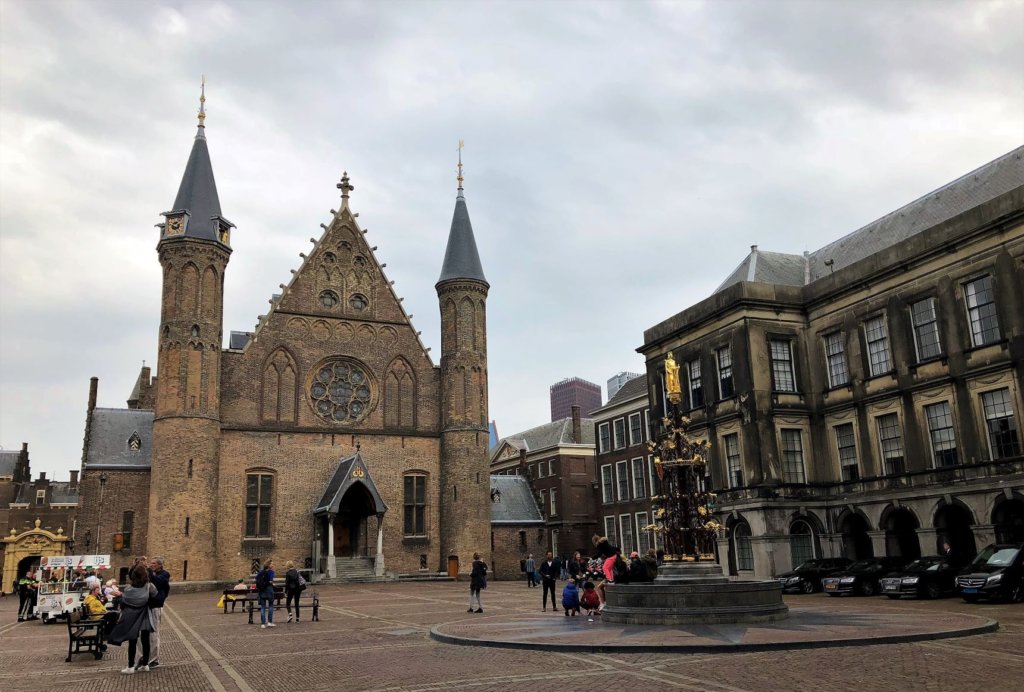
The oldest buildings at The Binnenhof were built in the 13th century. The Binnenhof (Inner Court) is a square in The Hague city centre. The Ridderzaal (Hall of Knights) is at the centre and the square is lined by present-day parliament buildings and government buildings. The Ridderzaal was the reception and party hall of a hunting lodge dating to the 13th century, built by the Count of Holland. The origins of The Hague were developed in the lodge. In the 15th century, Philip the Good held meetings here with the Knights of the Golden Fleece. The son of Philip the Good, Charles the Bold, resided here for some time in order to administer justice. Today, the square forms the heart of the Dutch government.
8. Sforza Castle – Milan, Italy
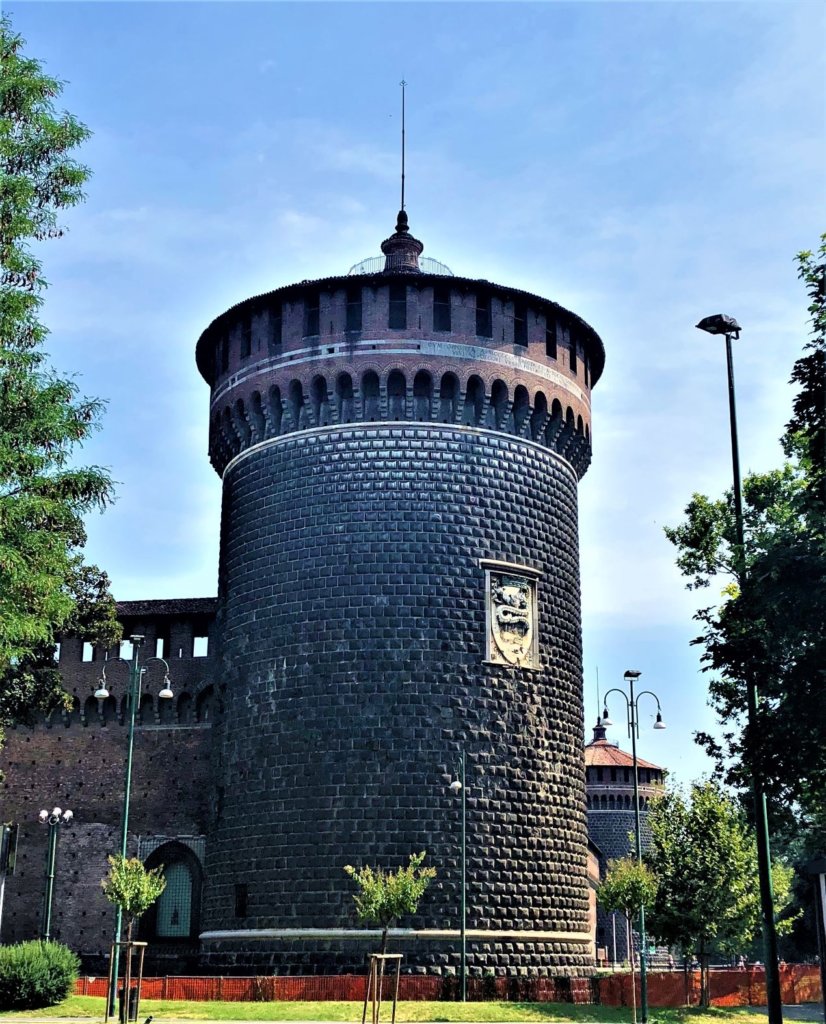
Sforza Castle was built between 1360 and 1370. For centuries, the Milanese considered the castle to be an emblem of both tyranny and foreign domination. As a result, they attempted to assault and demolish the reviled fortress on various occasions. Only after the unification of Italy and its conversion to a cultural centre did the castle become dear to the hearts of the Milanese and as such, a symbol of the city.
Entrance to the castle is free and paid guided tours are available. An admission ticket gives you access to the castle museums. There is a massive park behind the caste where you can relax and enjoy the afternoon, perhaps even have a gelato.
7. Forte di Fenestrelle – Fenestrelle, Italy (Metropolitan City of Turin)

This impressive structure made its entrance into history around 1727 and took 100 years to complete. The architecture grows on the ridge of the mountain for a length of over 3 kilometres, with a total area of 1,350,000 square meters and a difference in height between the first and last building of about 600 meters. The fort is the next largest fortified wall in the world besides the Great Wall of China. The covered staircase of Fenestrelle fortress stands out for its uniqueness: 4000 steps, protected by walls 2 metres thick, slope up against the mountain, like a long tunnel stretching uninterruptedly for more than 2 kilometres. At one time, the fort was a state prison.
The fort was abandoned after World War II. Vegetation began to invade the walls. The fort was doomed to suffer human negligence and become a ruin. Thanks to the San Carlo Project Association, the Fort of Fenestrelle is a monumental complex open to the public and has become a place of interest for tourists and scholars who want to savour the charm and mysteries of history through its walls.
Guided tours are available in French, German and Italian. The steps can only be climbed with a guide; however, you can take a self-guided tour up a short portion of the steps. There is a restaurant on site so if you are hungry, you can grab a bite. Museums are inside the main building.
6. Fort du Chateau (Castle Fort) – Briançon, France
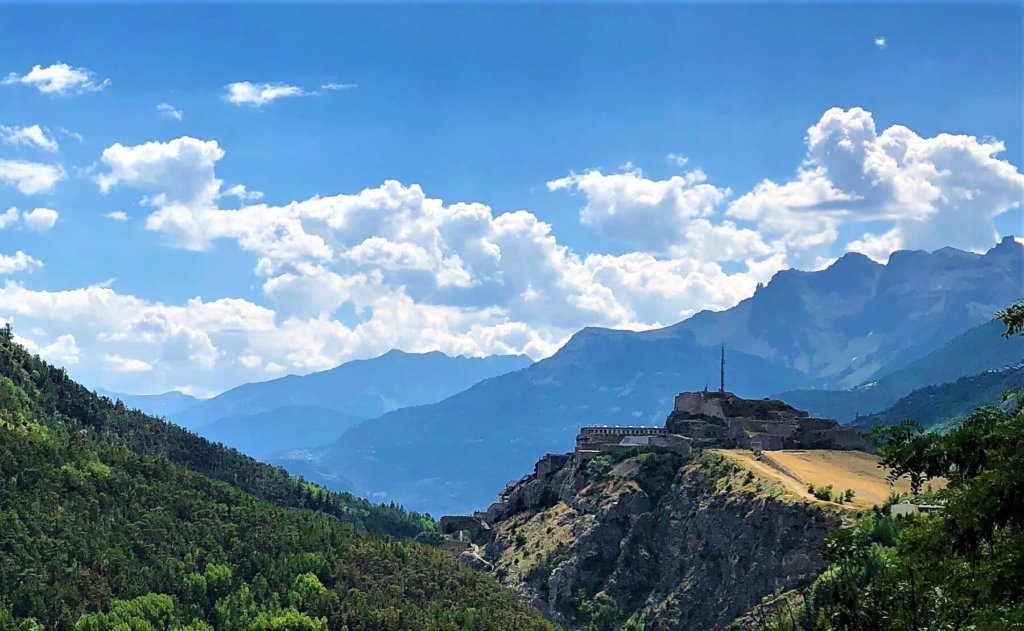
Construction of the Castle Fort began in the 14th century. The castle sits on a rock high above the Vauban city of Briançon. Consequently, the Castle Fort was considered the highest city in Europe at one point in time. Most of the fort now lays in ruins. A well done, self-guided tour offers breathtaking views of the valleys surrounding Briançon. The walled city of Briançon is charming to visit with shops and restaurants. Park outside the city walls in a paid parking lot and walk inside the fortified town. Maps for the different forts and footpaths are available at visitor information. Wear good shoes or hiking boots if you plan to hike to all the fortifications in the vicinity.
5. Villa Pisani – The Stra, Italy

Even though this is not a fort, the beauty and majesty of this structure made the list. The palace of the noble Pisani family lies along the Riviera del Brenta, an extension of Venetian Gran Canal on the land, 10 minutes away from Padua and 20 minutes from Venice. Kings and emperors, such as the likes of Napoleon, were welcomed in the villas 144 rooms. The first meeting between Adolf Hitler and Benito Mussolini took place at the villa. Nowadays, it is a national museum. The interior and grounds of this palace are incredible. We had the grounds all to ourselves. It was easy to imagine Hitler and Mussolini walking in the gardens as they contemplated world domination.
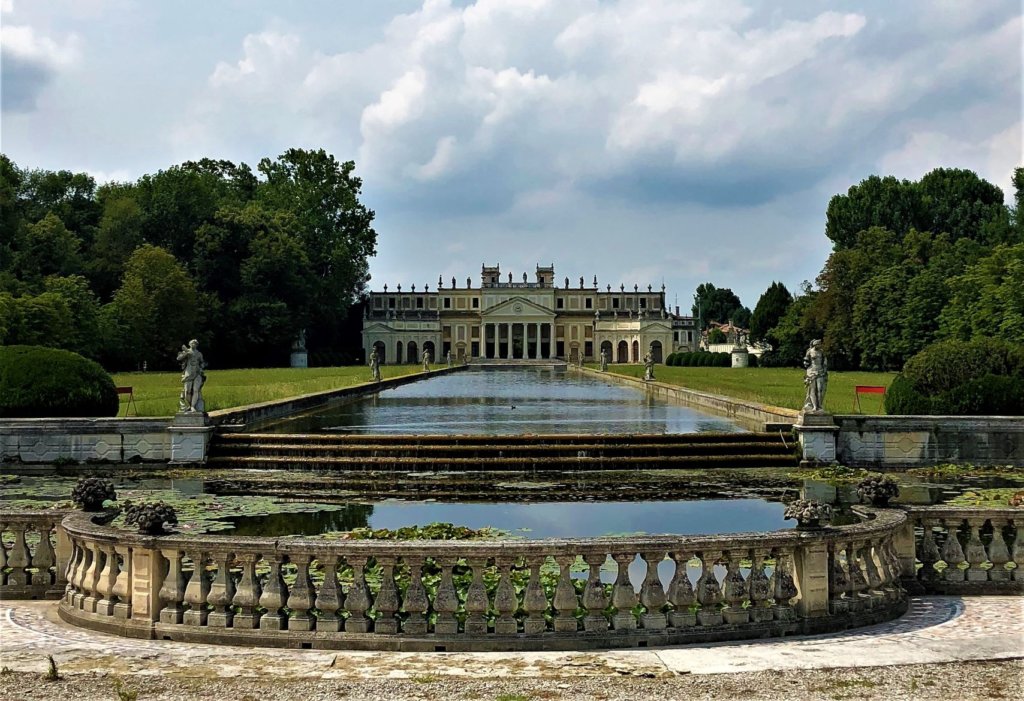
The Villa Pisani Museum Café is accessible to visitors during the museum’s opening times and offers sandwiches, pizzas, ham and cheese tastings, cakes and pastries, ice creams, tea and coffee, beers and a selection of regional red and white wines. The café is at the rear of the gardens behind the stables. There is a labyrinth onsite where you can find your way to the centre or get lost in a sea of hedges.
4. Schloss Waldeck – Waldeck, Germany

Now converted into a 4-star hotel, Castle Waldeck rests on the remnants of an 11th-century fortification, towering over the town of Waldeck, in the district of Waldeck-Frankenberg in Hesse, Germany. The castle offers stunning views from 120 metres above Edersee Lake’s north shore.
Schloss Waldeck was the ancestral seat and residence of the Counts of Waldeck. The fortification was later used as military barracks. In 1734 it was a state penitentiary. In subsequent years, the castle was used as a state archive, a forestry office, and, as early as 1906, was used as a hotel.
All the rooms have been redecorated and are surprisingly large and tremendously comfy. We stayed at Schloss Waldeck and had beautiful views overlooking the small town of Waldeck. There are two restaurants on site but during mid-afternoon only kuchen and coffee are available. If you arrive late, you can walk to the upper village and enjoy lunch at a local restaurant. Breakfast at the Café and Restaurant Altane was included in our stay. The brunch was delicious and even better along with the spectacular views of the countryside. Book here to stay at Schloss Waldeck.
There is a medieval torture museum onsite. Take a trip back in time and witness the creepiness of the devices once used on unfortunate souls. You may even hear some spooky stories about the history of the castle.
3. The Rock of Gibraltar – Gibraltar, Gibraltar
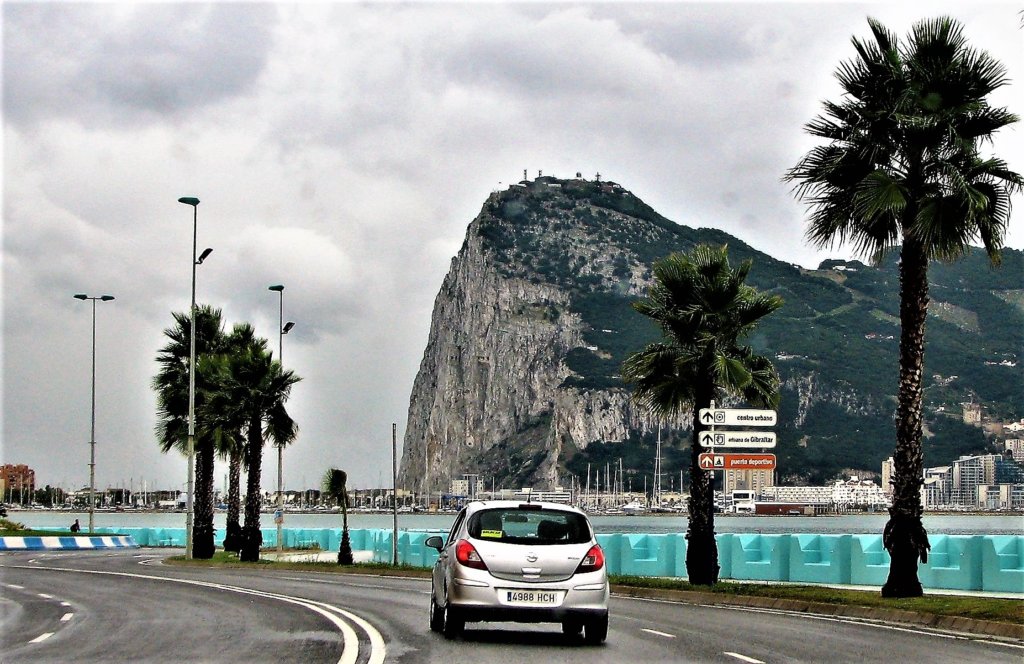
Gibraltar is a British overseas territory occupying a narrow peninsula of Spain’s southern Mediterranean coast, just northeast of the Strait of Gibraltar, on the east side of the Bay of Gibraltar (Bay of Algeciras), and directly south of the Spanish city of La Línea. What is the famous “Rock of Gibraltar”? A heavily fortified British air and naval base guarding the Strait of Gibraltar, which is the only entrance to the Mediterranean Sea from the Atlantic Ocean. The base is a massive rock that has been converted into the most impenetrable fortress since the 18th century. Gibraltar has been a symbol of British naval strength spanning eras. The location is strategic for military purposes. From the top of The Rock, you can see Spain and Africa.
Inside The Rock, tunnels reflect past military sieges that have taken place around this fortification. For instance, many viewpoints for cannons have been created from the tunnels, ensuring an impassable fortress during the World Wars. Today, concerts are also held inside The Rock among stalagmites and stalactites.
Oddly enough, there are families of baboons living on The Rock. They are territorial and can even take grown men to the ground if they feel threatened. The monkeys have been known to open backpacks and steal food. Do not, under any circumstances, take food with you. Robbery will occur! Most importantly, you can also expect at least one of them to hop on your shoulder at some point.
2. The Castle of the Counts – Ghent, Belgium

This important castle in Ghent has a turbulent past. Built in 1180, it is the only remaining medieval castle with a moat and largely intact defence system in Flanders. The history of the fort goes back to the time of Roman occupation in Belgium. Over the years, the castle has served many purposes. From being a factory to a cotton mill and now to a tourist attraction. You can see every part of this castle on a self-guided tour. The turrets offer fabulous views of Ghent. There are museums and torture chambers inside with medieval weaponry on display. Be careful on the outside walls as there are no guardrails so caution is a must, especially if travelling with children. The original latrines are still intact and come along with complimentary odours.
1. Hohensalzburg Fortress – Salzburg, Austria
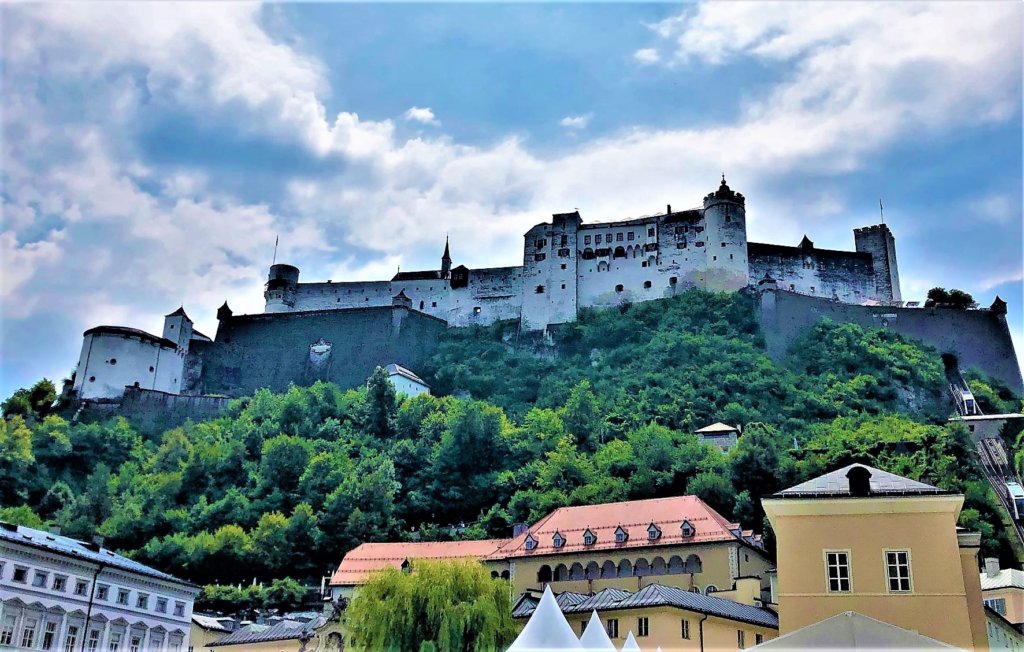
This fortress takes #1 on the list for good reason. Hohensalzburg is the biggest, fully preserved castle in Central Europe. The castle is the emblem of Salzburg. In the year 1077, archbishop Gebhard had the fortress built and changed the Salzburg skyline forever. You can walk up to the fortress by foot or you can take the trolley to the top. Further highlights include the medieval princely chambers, fortress museum, the marionette museum as well as the museum of the Rainer regiment.
Admission provides you with a map of the interior of the fortress. Walking from point to point, you can envision what medieval life was like. Details of a small, thriving medieval town are beautifully preserved. If you are hungry, there is a restaurant offering grand views of Salzburg where you can relax and enjoy the atmosphere.
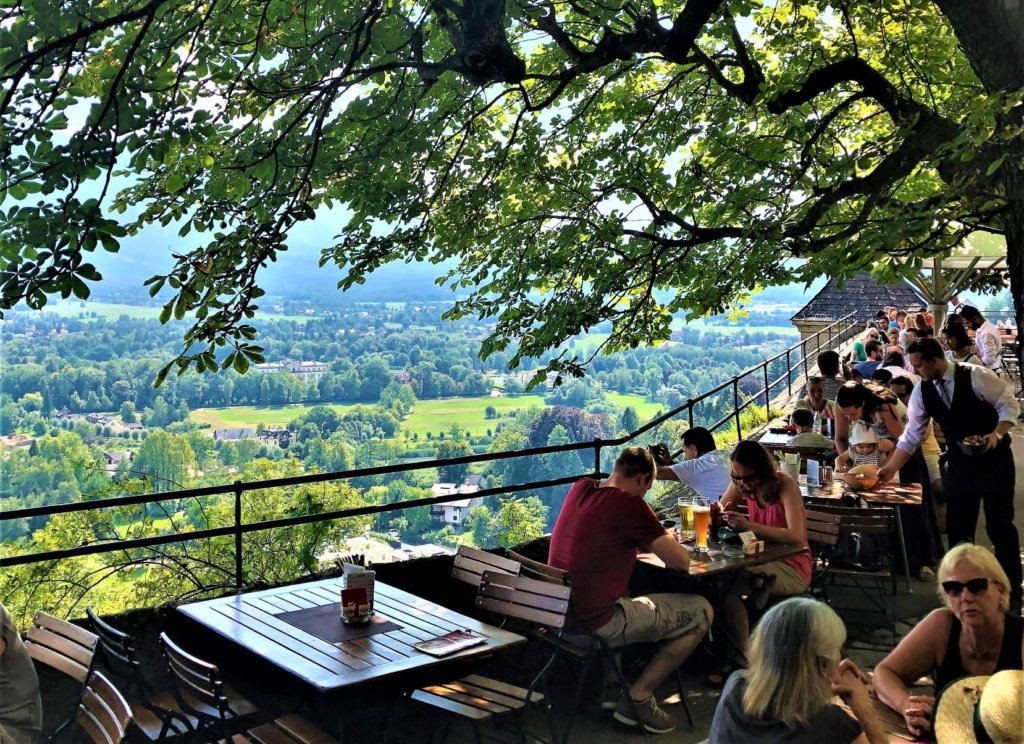
All pictures in this post are taken by Charlotte, yours truly, as always, unless otherwise stated.
Pick up my Published Travel Memoir for Inspiration
Roam Free is a deeply personal and often hilarious travel memoir that pulls you in to the wild and woolly ride of my epic travel adventures. If you loved Peter Mayle’s A Year in Provence, you’ll delight in Roam Free’s sweetly innocent deep dive into a life of untethered long-term travel. Get your copy on Amazon and become inspired today.
“I just finished your book and I wrote a great review on Amazon. Congratulations on your book, your blogging career, and mostly on your courage to step out of the box then burn the damn box!! Your book is inspiring. Bravo.” – Irene Cabay
Book Your Flight and Car Rental
Find cheap transportation by using Kiwi.com. This search engine combs websites and airlines around the globe to become the ultimate travel hack.
Book Your Accommodation
You can book hotels, apartments, resorts, villas, B&Bs and guest houses at Booking.com! They consistently return the most economical rates for guesthouses and cheap hotels.
Like surprises? Try Hotwire.com and Save up to 60% off 4+ Star Hot Rate Hotels!
Always been curious about Airbnb but afraid to try? Now you can check them out and earn up to $62 CAD off your first trip!
Check out our world recommendations page on Where to Stay!
Book Your Small-Group Tour, Activities and Attractions
For the best small-group tours check out G Adventures’ Insanely affordable tours!
Viator is another great option so don’t miss out! Guaranteed lowest prices on tours and activities.
Don’t Forget Travel Insurance
Travel insurance will protect you against illness, injury, theft, and cancellations. It’s comprehensive protection in case anything goes wrong. We like World Nomads because they have great rates and cover a range of adventurous activities.
P.S. – If you’ve found our website helpful, please consider booking your next trip through the links on our Resources Page. We have personally used the companies listed there in our own travels. By booking through these links, the small commission we earn helps us keep the content up to date, expand our resources, and keep the website community supported.
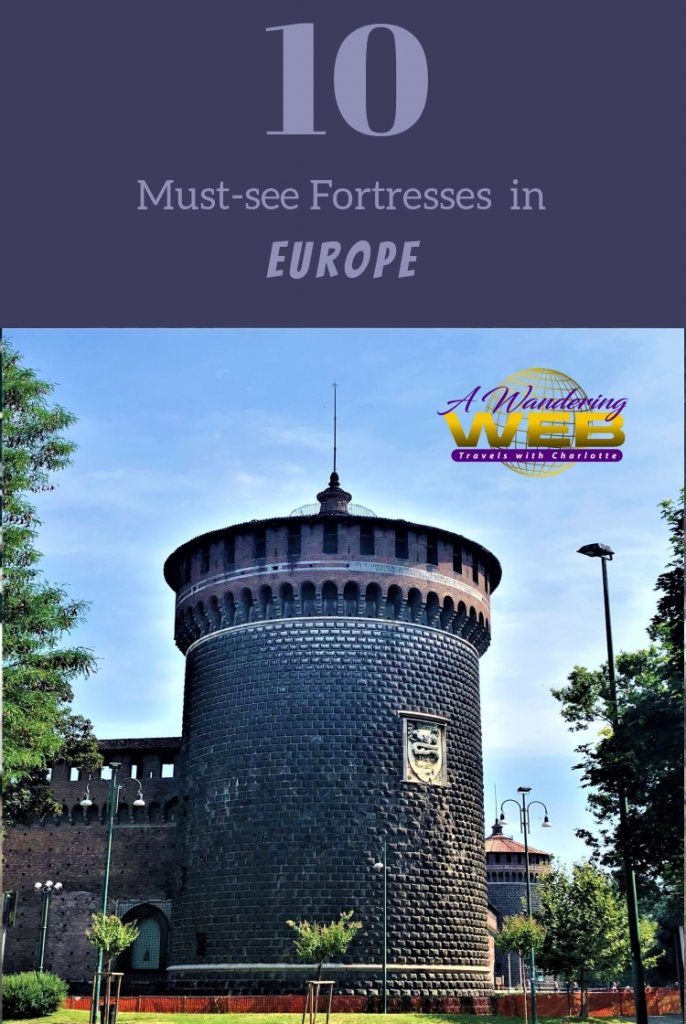
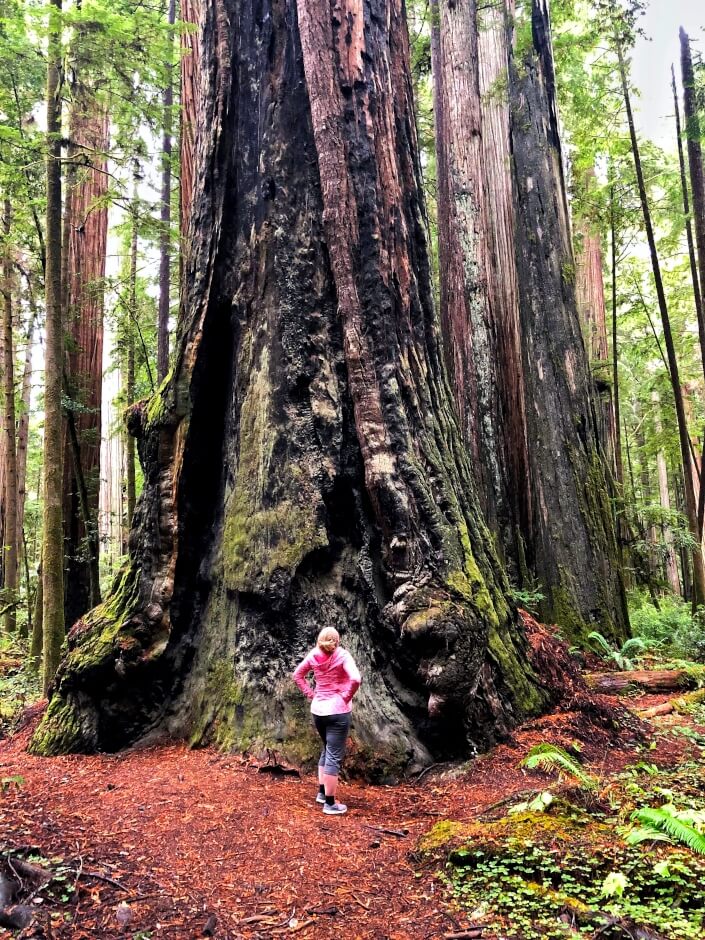


Charlotte – Those are amazing and such great history behind them! Makes me want to travel ✈️ Roberta Leeder
Thank you, Roberta! Travel is the best education a person can get. Sounds like it’s time for you to pick a place to visit and go!
Great post, love the history.
Thank you! I love historical sites. For me, travelling is all about learning.